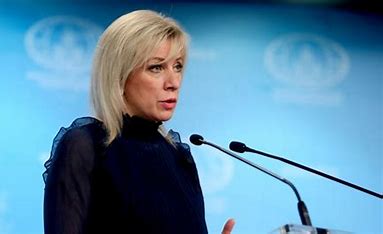
The word yoga as defined in Sanskrit is Yög meaning, ‘union.’ The word is usually used in mathematics to denote the mathematical function of addition or the summing of any two numerals. The Merriam-Webster’s Dictionary defines yoga as “a Hindu theistic philosophy teaching the suppression of all activity of body, mind, and will in order that the self may realize its distinction from them and attain liberation.” To the uninitiated mind this definition of yoga serves no purpose and, on the contrary, presents confusion to the true significance and reason of yoga.
The first contention in the definition is that it has something to do with “Hindu.” However, the practice of yoga has nothing to do with any religion, except that perhaps the origins of the basic techniques used in yoga were first used by the human settlers around the river Saraswati. The second contention about yoga being a “theistic philosophy.” or “belief in the existence of god or gods” is not necessary. One must recognize that yoga is beyond simply a concern of any beliefs as it is a practical science. The third assertion in Webster’s dictionary goes on to describe yoga as a “teaching of the suppression of all activity in mind, body, and will.” Such a description is also a misinterpretation. A rational scientific mind needs to analyze if yoga is indeed a suppression of all activity in the mind, and body, and will, then how it is different than clinical death or persistent vegetative states. The objective of yoga is to activate the mind, the body, and the will so that they function optimally and ultimately attain their full potential. Yoga helps in enhancing the functioning of the mind and body and in no way aims at suppression. Finally, the dictionary definition explicates the purpose of yoga as, “in order that the self may realize its distinction from them (body, mind, and will) and attain liberation.” This is also subject to misconception.
The intention of yoga as described in Sanskrit is not to emphasize the distinction of the self from body and mind but to foster “union.”
In the scientific physiological paradigm, we look at human existence as only the body where the emphasis is on the biological functioning of the various parts (organ systems, organs, tissues, and cells) in the body. In such a prototype, yoga can be considered to establish the union of various organ systems and their components (organs, tissues, and cells) in the body known as homeostasis.
In the psychological paradigm, we look at human existence from the perspective of mind and behavior. In this prototype, yoga helps establish a union of the conscious mind, with the subconscious mind, the unconscious mind, and ultimately with the superconscious mind.
In the practice of medicine, yoga can be interpreted to achieve psychosomatic equilibrium or the union of the body and mind. When the body and mind are at rest like in sleep the body is functioning at the basal metabolic rate and is not completely at rest. This is due to the inner energy that is needed to perform all the actions from morning till evening and then even while we are sleeping. The origin of the energy is from the food that we eat, the air that we breathe, and the storage that we maintain in the body. Philosophy and spirituality refer to this inner energy as the “soul” or the “spirit.” One can even call this just energy or “Factor X” as some scientists have labeled it. In this prototype, yoga becomes a means to establish a union between the body, mind, and inner energy. This union results in what can be called equanimity.
If we go further, we will conclude that this inner energy remains the same for all creations in the Universe. Everything and anything that we perceive in the whole universe is indeed a manifestation of this energy. In this paradigm, yoga becomes a union of the human body, mind, and inner energy with the all-pervading cosmic energy.
Dr. Manoj Sharma is a Professor and Chair of the Department of Social and Behavioral Health at the University of Nevada, Las Vegas, USA. He is an avid practitioner of Kundalini Yoga.















